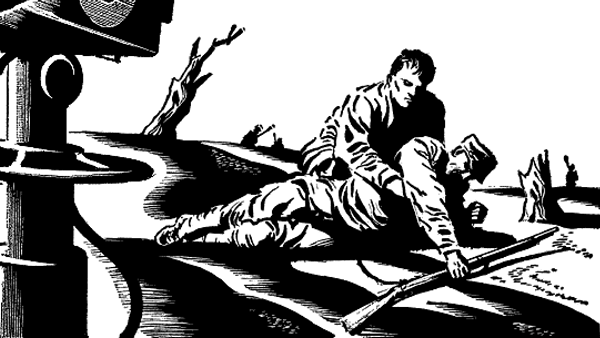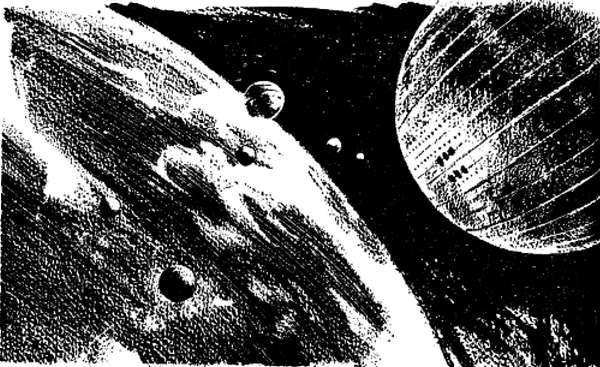
by Gideon Marcus
This weekend, the Journey travels to WonderCon, a midlin'-sized fan convention with an emphasis on comics and science fiction. It's a perfect opportunity to introduce Galactic Journey to a host of new readers, folks who have a keen interest in what this column has to offer.
So what is Galactic Journey? Quite simply, it is the most comprehensive 'zine you'll find covering all of the coolest, the quirkiest, the most far out stuff, as it happens, day-by-day.
In 1962.

You see, the Traveler (along with his gang, which has now grown to ten persons!) is like everyone else. He plods along through time at a steady rate of one hour per hour, one year per year — maybe just not the year you live in.
When he started documenting this trip, it was October 21, 1958. Sputnik was just a year old. Buddy Holly was still around. Now, three and a half years later, we have a new President. We have a new dance craze. There have been five men in space.
Along the way, he and his fellow travelers have written on every aspect of current science fiction and fantasy:

Since 1958, the brand new publisher, Marvel comics, has come out with a host of new titles with the intention of kickstarting its stable of superheroes. Meanwhile, National comics (informally known as "DC") keeps plugging away with its perennial faves… Batman, Superman, Wonder Woman…

The Twilight Zone has set a new bar in science fiction/fantasy anthology shows. Every week, auteur-extraordinaire Rod Serling presents a fascinating weird tale – and the Journey is there to cover it! Not to mention all the other sf-related viewing…

At least a dozen sci-fi movies come out every year, and we make sure to watch virtually every one. And let me tell you – it's not always easy!

Maybe your bag is written science fiction? Well, we read as many of the books that come out every month as we can, though that can be a pretty tall order.

You can count on monthly coverage of every major science fiction magazine. We're talking Analog, Fantasy and Science Fiction, Galaxy, IF, Fantastic, and Amazing. And we always make sure you know where to find copies so you can read along!

Speaking of major science fiction, there is a huge group of woman authors who have made their mark in a genre that used to be overwhelmingly a stag affair. Get a acquainted with their contributions in our series: The Second Sex in SFF.

The Journey even has a British correspondent who reports on all the latest news, fandom-related and otherwise, from across the Pond (or on your side of the Pond, if that be where you hail from!) Whether your tastes include Arthur C. Clarke or Supercar, you'll hear all about it from Ashley Pollard!

You can't have science fiction without science. Well, you're in luck: The Traveler is completely clued in to the Space Race scene. If a rocket goes up, American or Soviet, you'll hear about it on the Journey.

We've even got a fashion columnist, keeping you abreast of the latest Space Age threads.

You may have noticed the news banner adorning the right side of the column. This mixture of current events, space shots, and items of pop culture interest is updated at least thrice per day, sometimes more, as soon as our teletype hammers in the flash.
***
So if any of this interests you (and if you're a WonderCon attendee, how can it not?) then watch this space for updates every 2-3 days. The next one will be a convention report complete with photographs. Who knows! You may even see yourself…





























































